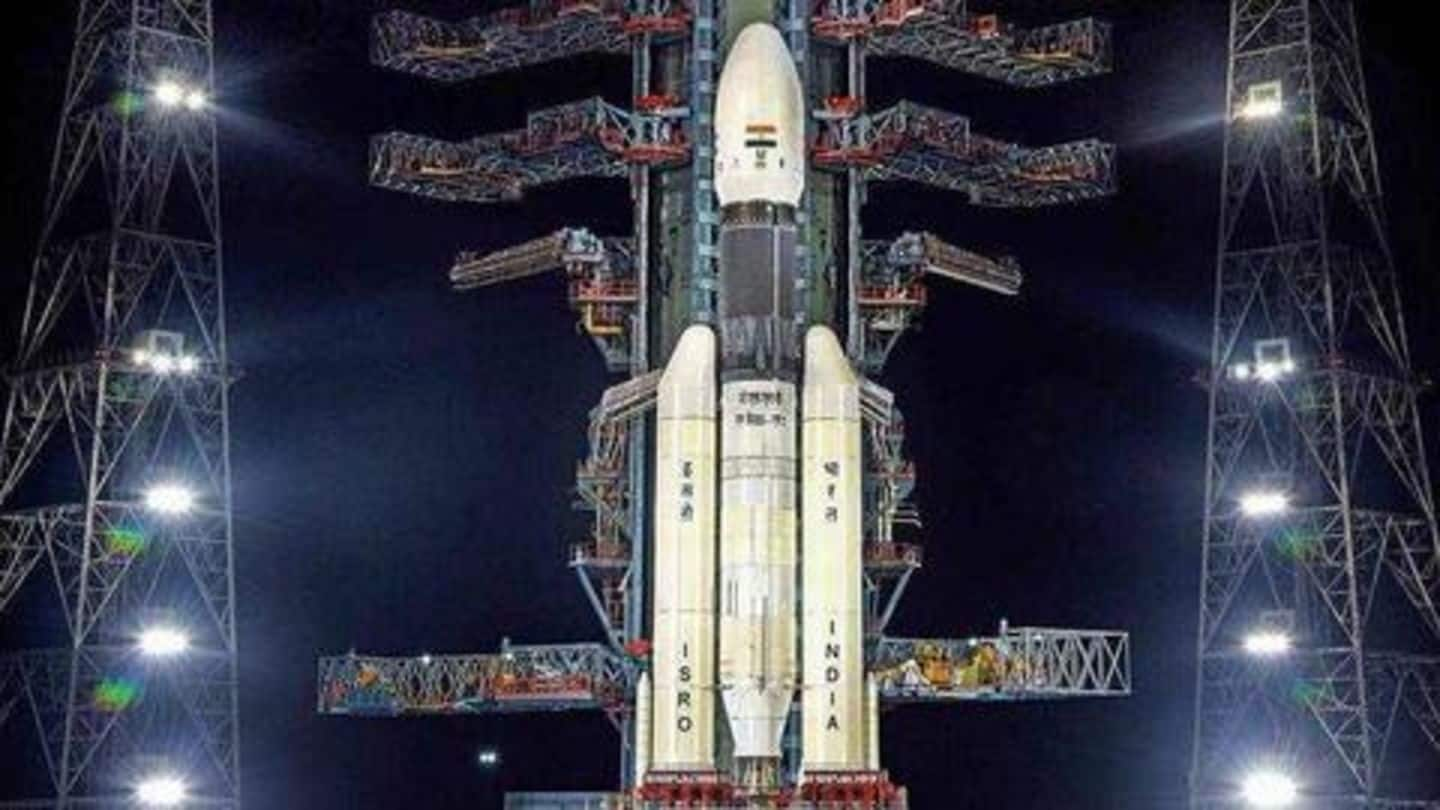
Chandrayaan-2 captures Moon's surface in full glow: Pics here
What's the story
Just a few days after taking a close look at lunar craters, Chandrayaan-2 has released another mind-blowing shot of the Moon. The stunning image - described as the first illuminated photo captured by the Orbiter of the mission - shows a part of the lunar surface in full glow as well as many of its craters. Let's take a look at it.
Image
Highly-detailed image of the lunar farside
While circling the Moon at an altitude of about 100km, Chandrayaan-2 Orbiter deployed its Imaging Infrared Spectrometer (IIRS) to snap the illuminated shot of the lunar farside in the northern hemisphere. The photo gives a highly-detailed view of the Moon's surface and brings some prominent crater floors and rims into the light, including Sommerfield, Stebbins, and Kirkwood.
Twitter Post
Here's the full shot
#ISRO
— ISRO (@isro) October 17, 2019
See the first illuminated image of the lunar surface acquired by #Chandrayaan2’s IIRS payload. IIRS is designed to measure reflected sunlight from the lunar surface in narrow and contiguous spectral channels.
For details visit:https://t.co/C3STg4H79S pic.twitter.com/95N2MpebY4
Main task
IIRS' main job is to study lunar surface composition
While the photo looks extremely beautiful, it is not the main job of IIRS payload of Chandrayaan-2 Orbiter. The instrument, according to ISRO, has been designed to measure and analyze the sunlight reflected from the lunar surface and map its mineral and volatile composition, which may ultimately tell about the origin and evolution of the Moon in a geologic context.
Capability
This image shows IIRS' ability to decode surface features
The image taken by Chandrayaan-2 shows IIRS' ability to decode surface features through the sunlight reflected by them. "Preliminary analysis suggests that IIRS could successfully measure the variations in the reflected solar radiation," ISRO said in a statement, adding that the variations occur due to the "mineralogical/compositional variations that exist in the lunar surface and also due to the effect of space weathering."
Work
Chandrayaan-2 Orbiter continues to operate safely
The latest shot from Chandrayaan-2 Orbiter comes as ISRO tries to track the location of its lost Vikram Lander. The contraption went silent during a descent attempt on September 7, leaving the Orbiter circling the planet. NASA and ISRO have been trying to locate Vikram, while the Orbiter is healthy and is expected to operate for about 6-7 years.